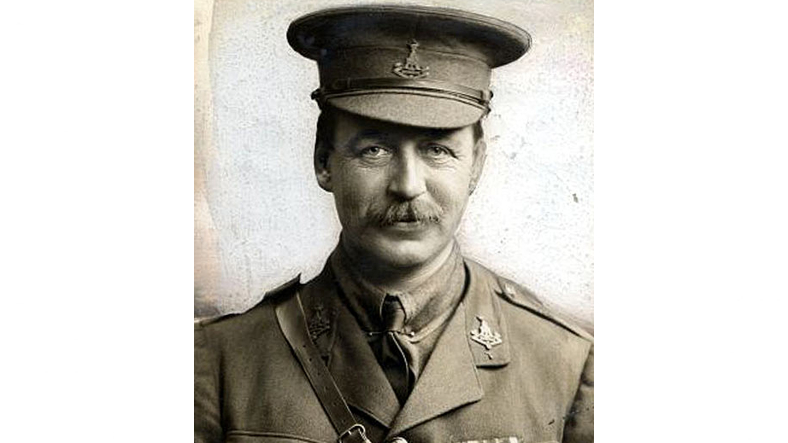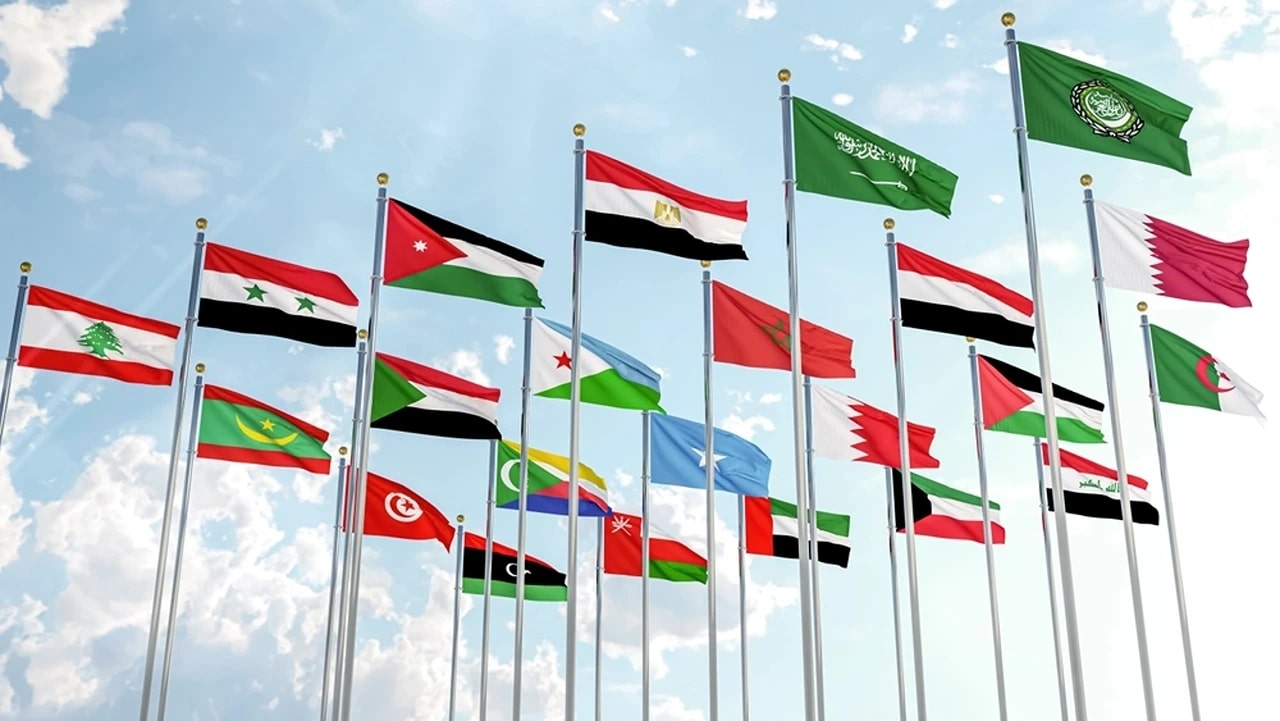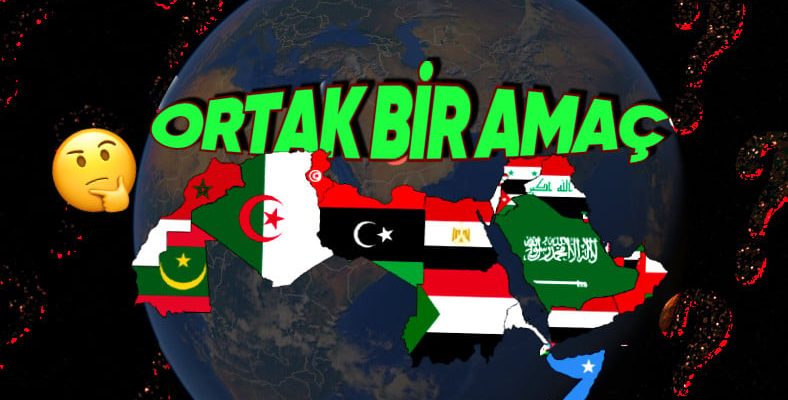Have you ever examined the flags of Arab countries in detail? If your answer is yes, the first thing that caught your attention was definitely the colors. Why do these flags, which are often confused with each other, look the same?
Many with only minor shape differences Arab country flags It actually bears a common symbol. Once you learn this symbol, you will now be able to easily distinguish all flags with the same colors.
Some people find this situation Some identify it with the Ottoman Empire, and some with European states. So let’s give a spoiler up front: It’s not completely related to any of them.
We know the role played by European states in the colonial period in the formation of modern Arab states.
Although the color combination we see in the flags of these states emerged primarily under the influence of Britain, The green, black, red and white colors in the flags are only a result of external interventions. We should point out that it is not. Because these colors have deep-rooted meanings in Arab culture and history rather than external interventions. In Islamic history, many Arab tribes expressed their identities by using these four colors on their banners.
rising in the early 20th century Pan-Arabism He used black, green, red and white colors by bringing together different historical references. This color combination is the first time Arab League It was combined with his ideal and used against the Ottoman Empire during the Arab rebellion in 1916. The person who designed this flag is British Empire diplomat Mark Sykes.
By designing this new flag, Mark Sykes aimed to unite Arab tribes around the feeling of ‘Arabism’.

Mark Sykes
on the flag three horizontal color stripes; It symbolizes the Abbasid, Umayyad and four caliph periods. In addition, the red triangle was the symbol of the Hashemites, who were important allies of the British at that time.
Hashemite Dynasty, led by Emir Sharif of Hejaz As a result of its alliance with the British, after World War I, it dominated a large part of the Arabian Peninsula and Jordan, as well as the Hejaz. However, Greater Syria was divided into several parts shortly after its founding in 1920. The Hashemites lost control of the Hejaz to the Saud family in 1925.
They lost Iraq as a result of the military coup in 1958. Nowadays, the family only has Hashemite Kingdom of Jordan is stuck.
So what do the colors mean?

Of course, every color has a meaning, just like the red and white colors in our Turkish flag have deep meanings. According to Arab sources black represents the color of the prophet’s flag.
It is also known that the Abbasids used this color flag. White, Umayyad Dynasty; green, Hz. Finally, the color of the flag carried by Ali in the Battle of Badr and the color of the four caliphs. red It represents a color used by Arab states after the use of it by the Kharijites.
This historical process In the formation of the modern states of the Arab world and played an important role in shaping their flags. The flag, which was first designed by Mark Sykes, a diplomat of the British Empire, not only aims to bring Arab tribes together, but also contains a symbolism enriched with historical references.
Apart from the colors, let’s also talk about the meaning of their shapes;
color stripes Abbasid, Umayyad and four caliph periods; red triangle It represents the symbol of the Hashemites, the most important ally of the period. This flag, designed by the British, is a symbol shaped by the history of the Arab world over time and has become an identity that reflects these feelings and contains historical references.
RELATED NEWS
Why Are There Blue Colors in Many Flags of Turkish States? (Ours Almost Turned Blue Too!)
RELATED NEWS
Stories and Meanings of Country Flags That Are Not Understood at First Sight
RELATED NEWS
